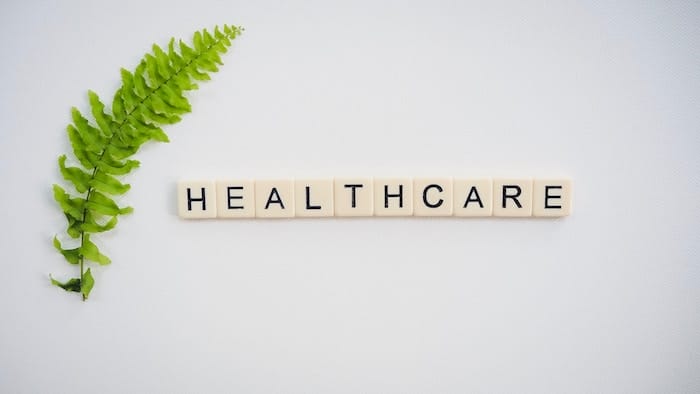
Source: Unsplash
Consumers aren’t just found in stores. Every person with a need qualifies as a potential customer of a service, be it in retail or healthcare, that exists to satisfy some type of consumer demand. Technology and its constant advancements have benefitted all such markets. It supplies convenience and opportunities for personal and more effective healthcare. Here are some examples of how technology today satisfies these crucial consumer needs.
Healthcare as Consumer Field
Seeing medical sciences in a marketable light isn’t as strange as it sounds. Innovations are made to treat specific conditions, and sometimes these procedures accidentally invent other helpful solutions, which will also be used to heal people with particular symptoms. This kind of grouping of patients based on common qualities or conditions makes them a demographic that, unless brought in for an emergency, need to not only be made aware of new solutions to their own problems and to also be convinced that trusting their doctor is a good idea.
This takes no less marketing effort than, say, the tech or video game industry. Local medical centers and pharmaceutical brands like Pfizer have to promote themselves as much as Microsoft, Blizzard, or Net Entertainment. Even though it seems unconventional, a good comparison can be made between the two industries. In the same way that casino promotions at MagicalVegas.com aim to make visitors feel valued and happy by gifting them incentives and bonuses on first-time deposits, healthcare businesses also benefit from offering discounts, loyalty programs, and educational marketing strategies of their own. Combining quality promotion and technology has resulted in better medical services all around.
Telehealth Technology
VA reports 235% increase in video telehealth visits in FY19 – Health Data Management https://t.co/QOwiDM3XBK pic.twitter.com/frtI4nbrzK
— CloudyMED (@MedCloudy) November 25, 2019
This is one of the simplest examples of how tech evolution has improved the healthcare system. As a part of the growing health IT sector, telehealth solutions enable the sharing of information between doctors and patients through digital means. Chironhealth.com highlights the three areas impacted the most: video and audio communications, remote monitoring of patients’ condition, and store-and-forward transmission technology between medical providers.
Healthcare Wearable Technology
#Wearable #tech could help older people manage diabetes https://t.co/dTTzJEBBzY #WearableTech #technology #healthcare #HealthTech #patients pic.twitter.com/yM0lgbtsH3
— Clinicoin (@clinicoin) November 20, 2019
A key component of remote patient monitoring, these revolutionary inventions that range from asthma management devices to smart inhalers and contact lenses serve many purposes. According to medical reports on Wearable-Technologies.com, such gadgets can assist in personalizing treatments, keeping doctors informed on patients’ wellbeing, proper administration of medication, early diagnosis of symptoms and more. By keeping healthcare providers and patients alert, they can save precious time and money in medical treatments.
3D Printing
To add to the incredible devices making people’s lives easier, this may be the most ground-breaking. The worth of 3D printing in healthcare has already been proven in the fields of prosthetics and implants, but what makes it even more exciting is its potential. The list of medical miracles on TechCrunch.com that this technology is on the cusp of achieving, include the use of stem cells and special biological ink to produce 3D-printed organs for people in need of them, possibly irradicating the need for full organ donation.
Thanks to technology, healthcare systems have a greater chance of effectively reaching and treating patients with as many demands as any other industry’s consumers. To be more precise, medical tech innovations are transforming this vital service into a more responsive, efficient, and hopeful source of aid.
Meet Abby, a passionate health product reviewer with years of experience in the field. Abby's love for health and wellness started at a young age, and she has made it her life mission to find the best products to help people achieve optimal health. She has a Bachelor's degree in Nutrition and Dietetics and has worked in various health institutions as a Nutritionist. Her expertise in the field has made her a trusted voice in the health community. She regularly writes product reviews and provides nutrition tips, and advice that helps her followers make informed decisions about their health. In her free time, Jane enjoys exploring new hiking trails and trying new recipes in her kitchen to support her healthy lifestyle.







